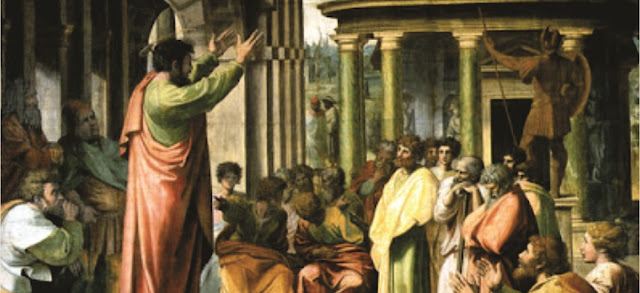Rumors have emerged that Archbishop Pietro Parolin, apostolic nuncio to Venezuela, will shortly be appointed as the Vatican's Secretary of State.
The move could take place as soon as June 29, the Solemnity of Saints Peter and Paul.
As the Secretary of State must technically be a cardinal, he would first be appointed pro-secretary of State, retaining his status as archbishop. He would, however, be the acting Secretary of State until a new appointment is made or until receiving the red “biretta” of the cardinal, thus taking officially the post.
A skilled diplomat, Archbishop Parolin, 58, served as Vatican undersecretary for relations with States from 2002 to 2009.
Suggestions of a possible “important appointment” for the feast of Saints Peter and Paul emerged from a couple of different Vatican sources who spoke to CNA at the beginning of this week on the condition of anonymity.
“The Pope knows that he cannot have an outgoing secretary of state for so long,” one of them said June 26.
After the first 100 days of his pontificate, the source maintained, “Pope Francis is now in a hurry to have his own staff carry out the reform of the Curia.”
The appointment of a new secretary of State is not to be considered a rejection of Cardinal Tarcisio Bertone, who has been in the post until now.
A second source explained to CNA on June 27 that “Pope Francis is asking a lot of recommendations of Cardinal Bertone” and that the relationship between the cardinal and Pope Francis is said to be “good.”
“Bertone seemingly also recommended Cardinal Raffaele Farina as the head of the Pontifical Commission,” appointed on June 26 to report to Pope Francis about the so-called Vatican Bank, the Institute of Religious Works.
The choice of Archbishop Parolin for the post of Secretary could come to some as a bit of a surprise.
“Until now, everybody has been thinking that Cardinal Giuseppe Bertello would be the new secretary of State. Now, all the signals are going toward the appointment of Pietro Parolin,” an official of a Vatican body told CNA on June 28.
Cardinal Bertello is the number one of the Vatican City State administration.
Following the appointment of the new Secretary of State, sources say that Pope Francis would also change several of the top-ranking officials of the Curia.
Cardinal Oscar Rodriguez Maradiaga, Archbishop of Tegucigalpa, Honduras could be appointed prefect for the Congregation for the Evangelization of Peoples (the so-called “Propaganda Fide”).
Cardinal Maradiaga is also the coordinator of the Pope-appointed Commission of Cardinals now studying a reform of the Roman Curia.
At the same time, the current prefect, Cardinal Fernando Filoni, would be appointed Archbishop of Palermo, in Southern Italy.
A new prefect for the Congregation of Divine Worship and the Sacraments should soon be appointed, as well.
The current prefect, Cardinal Antonio Canizares Llovera, would be appointed as the successor to Cardinal Antonio Maria Rouco Varela as the Archbishop of Madrid, Spain.
To cover his post, Pope Francis would call Archbishop Piero Marini, who was Pontifical Master of Ceremonies during Bl. John Paul II’s Pontificate and now heads the Vatican’s commission for Eucharistic Congresses.
A source from Spain who works in the archdiocesan curia in Madrid confirmed to CNA on June 28 that Cardinal Rouco Varela has left for Rome. He also said that “the usual reception” held in the nunciature in Madrid for the feast of Saints Peter and Paul has been canceled.
It would be very significant if Pope Francis made the appointments public on the feast of Saints Peter and Paul. He could, however, sign the appointments without officially announcing them by way of Holy See Press Office bulletin.
On June 29, the Pope delivers the “pallium” to the new appointed metropolitan archbishops, in St. Peter’s Basilica.
This year, 34 archbishops will receive the woolen vestment from the hands of Pope Francis.
A source explained to CNA on June 27 that “the feast of Saints Peter and Paul is an important moment of magisterium. The Pope will show that he has taken the situation into his own hands.”
Other minor appointments are expected in the coming days.
The final goal is the reform of the Curia, but, the source asserted, “alternatively to the approach of Pope Benedict who tried to reform the Curia without the Curia, Pope Francis has understood that without the Curia, his reforms will die.
“This is also one key to understanding the appointment of the Pontifical Commission, full of members of the Roman Curia, to report to the Pope about the Institute of Religious Works,” he concluded.


















